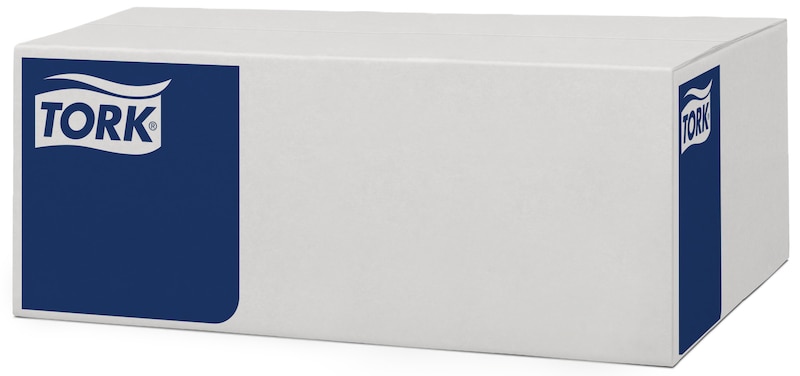

Description
- An economical way to decorate your table
- Standard size can be used for many squared and rectangular tables
Product and delivery data
Delivery data
Content
The product is made from
Recycled fibres
Chemicals
The packaging material is made from paper or plastic.
Material
Recycled fibres
Recycling of paper is an efficient use of resources as the wood fibres are used more than once.
High demands are put on quality and purity of recovered fibres, considering each step of the chain (collecting, sorting, transporting, storage, use), to ensure safe and hygienic products.
Recovered paper can be produced both from collected newsprint, magazines and office waste. The choice of recovered paper grades, is made for each product, depending on its specific requirements on performance properties and brightness. The paper is dissolved in water, washed and treated with chemicals under high temperature and screened to separate out impurities.
Bleaching is a cleaning process of the fibres that is often used. The aim is then to achieve a bright pulp, but also to get a certain purity of the fibre in order to achieve the demands for hygiene products and in some cases to meet the requirements for food safety.
Bleaching of the recovered pulp is made with chlorine-free bleaching agents (hydrogene peroxide and sodium dithionite). Except for Natural Napkins that are unbleached.
For bleached products we use bleaching agents (to increase the brightness of pulp from recovered paper).
Chemicals
All chemicals (process aids as well as additives) are assessed from an environmental, occupational health and safety and product safety point of view.
To control product performance we use additives:
- Wet strength agents (for Wipers and Hand Towels)
- Dry strength agents (is used together with mechanical treatment of the pulp to make strong products like wipers)
- For coloured papers dyes and fixatives (to secure perfect fastness of the colour) are added
- For printed products printing inks (pigments with carriers and fixatives) are applied
- For multi ply products we often use water soluble glue to secure the intregrity of the product
In most of our mills we do not add optical brighteners but it often occurs in recovered paper since it is used in printing paper.
We do not use softeners for professional hygiene products.
High product quality is secured through quality and hygiene management systems throughout production, storage and transport.
In order to maintain a stable process and product quality the paper manufacturing process is supported by the following chemicals/ process aids:
- defoamers (surfactants and dispersing agents)
- pH-control (sodium hydroxide and sulphuric acid)
- retention aids (chemicals that help to agglomerate small fibers to prevent fiber loss)
- Coating chemicals (that help to control the creping of the paper to make it soft and absorbent)
To reuse broke and to utilize recovered fibres we use:
- Pulping aid (chemicals that help to repulp wet strong paper)
- Flocculation chemicals (that help to clean out printing inks and fillers from recovered paper)
- Bleaching agents (to increase the brightness of pulp from recovered paper)
In the cleaning of our waste water we use flocculation agents and nutritients for the biological treatment to secure that no negative impact on water quality comes from our mills.
Packaging
Fulfilment of Packaging and Packaging Waste Directive (94/62/EC): Yes
Article creation date and latest article revision
Date of issue: 19-04-2019
Revision date: 10-04-2025
Production
This product is produced at External mill.
Destruction
This product is suitable in normal waste handling systems by the community. Used products should not be handled over to recycling systems.


